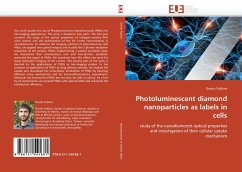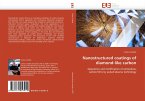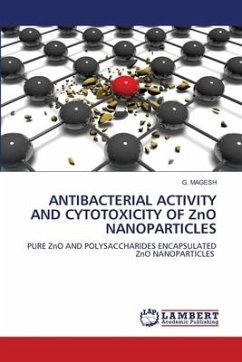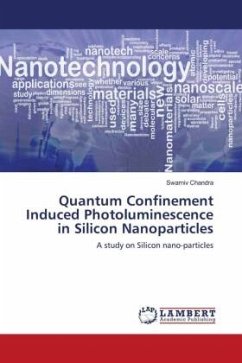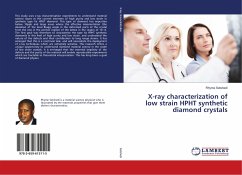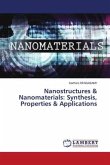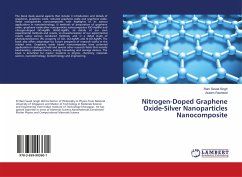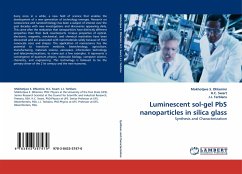This work studies the use of Photoluminescent NanoDiamonds (PNDs) for bio-imaging applications. The work is divided in two parts. The first part concerns the study of the optical properties of nitrogen-vacancy (NV) color centers and the optimization of the NV center concentration in nanodiamonds. To enhance the imaging contrast of internalized by cells PNDs, we applied time gated imaging and studied the 2-photon excitation properties of NV centers. While implementing a pulsed excitation laser, we discovered that simultaneous one and two-photon excitation quenches the signal of PNDs. We examined how this effect can serve for super-resolution imaging of NV centers. The second part of the work is devoted to the applications of PNDs as bio-imaging probes. In the prospect of applications of PNDs as drug delivery vehicles, we studied the uptake and elucidated the intracellular localization of PNDs by blocking different entry mechanisms and by immunofluorescence experiments. Moreover weensured that PNDs are not toxic for cells in culture. As a first try of vectorization we covered PNDs with plasmid DNA and examined the transfection efficiency.

